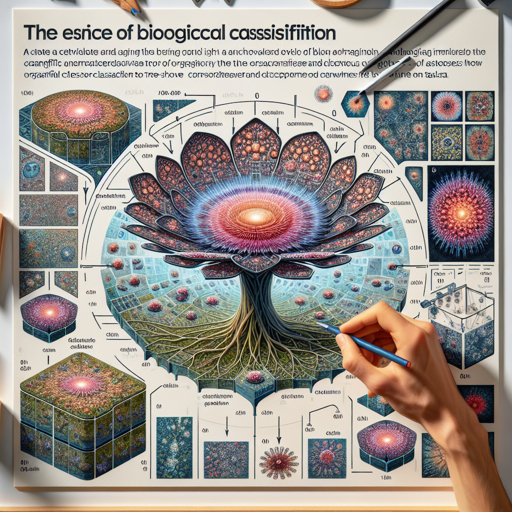The world of biological classification is vast, rich, and teeming with diversity. Enter BioCLIP, a powerful foundation model that harnesses the capabilities of the CLIP architecture to bring order to the chaos of organismal biology. In this article, we’ll explore how to utilize BioCLIP for zero-shot and few-shot image classification tasks in an accessible manner, even if you’re new to machine learning concepts.
What is BioCLIP?
BioCLIP is an advanced model built on OpenAI’s CLIP architecture, specifically designed to understand and classify images across various taxa. With a training dataset, TreeOfLife-10M, comprising over 450,000 distinct taxa, the model stands out for its comprehensive coverage and superior performance, boasting up to a 17% improvement over its predecessors.
How to Use BioCLIP
Using BioCLIP is straightforward. Follow these steps to get started:
- Import the Library: Begin by importing the open_clip library to access BioCLIP.
- Create the Model and Tokenizer: Use the following code snippet:
import open_clip model, preprocess_train, preprocess_val = open_clip.create_model_and_transforms("hf-hub:imageomics/bioclip") tokenizer = open_clip.get_tokenizer("hf-hub:imageomics/bioclip") - Pre-process the Data: Pre-process your images using the provided preprocess functions to make them compatible with the model.
- Begin Classification: You can classify images using either zero-shot or few-shot learning settings. Zero-shot learning allows you to classify images without explicit training on specific labels.
Understanding the Training Process with an Analogy
Think of BioCLIP as a gardener in a vast botanical garden. The gardener (BioCLIP) understands not just individual plants (species) but also how different plants relate to one another (the taxonomic hierarchy). When the gardener meets a new plant, they can recognize its unique features instantly—not because they memorized each species but because they understand the overall organization of the garden. This is how BioCLIP classifies images and understands species relationships, enhancing our ability to discover new and related organisms.
Troubleshooting Common Issues
When using BioCLIP, you may encounter some common issues. Here are some troubleshooting tips:
- Issue: Model fails to classify images correctly.
Solution: Ensure your image preprocessing aligns with the expected input size (224×224 pixels). - Issue: Errors when importing the open_clip library.
Solution: Check that the library is correctly installed and is compatible with your Python environment.
For more insights, updates, or to collaborate on AI development projects, stay connected with fxis.ai.
Conclusion
BioCLIP represents a significant leap forward in the field of biological classification through the power of machine learning. It not only adapts to understanding images of various species but also enhances the interconnectedness of biological knowledge.
At fxis.ai, we believe that such advancements are crucial for the future of AI, as they enable more comprehensive and effective solutions. Our team is continually exploring new methodologies to push the envelope in artificial intelligence, ensuring that our clients benefit from the latest technological innovations.
Final Thoughts
By following this guide, you can effectively utilize BioCLIP and contribute to the ongoing exploration of our planet’s biodiversity. Dive in and start discovering the intricate relationships among different species today!

